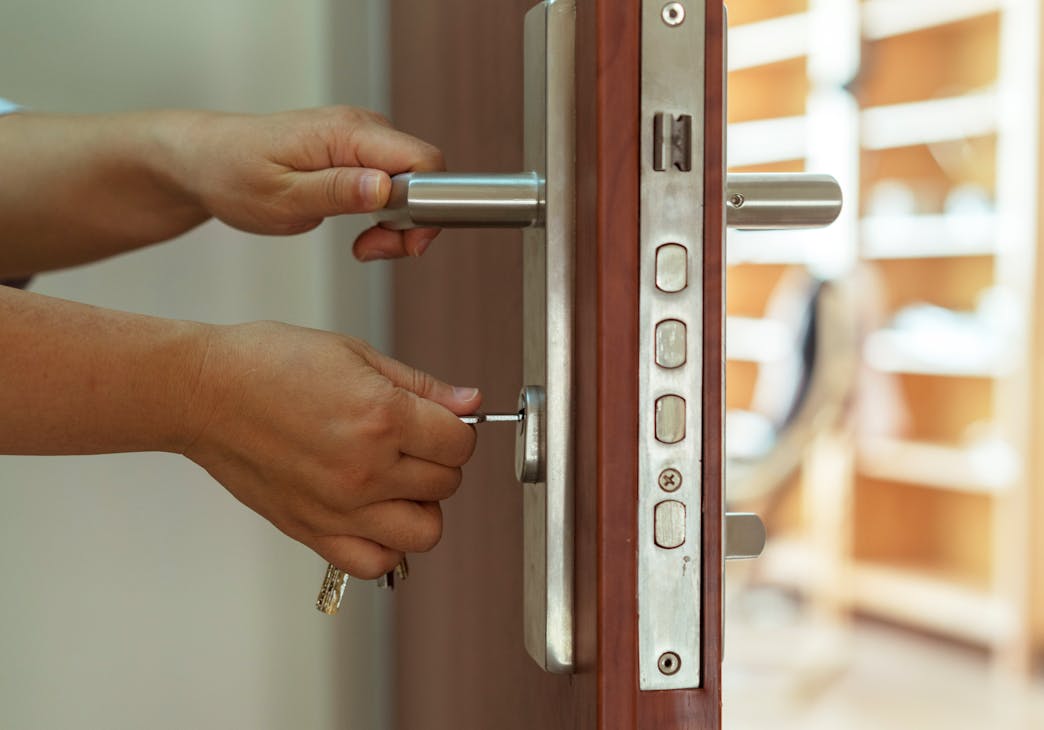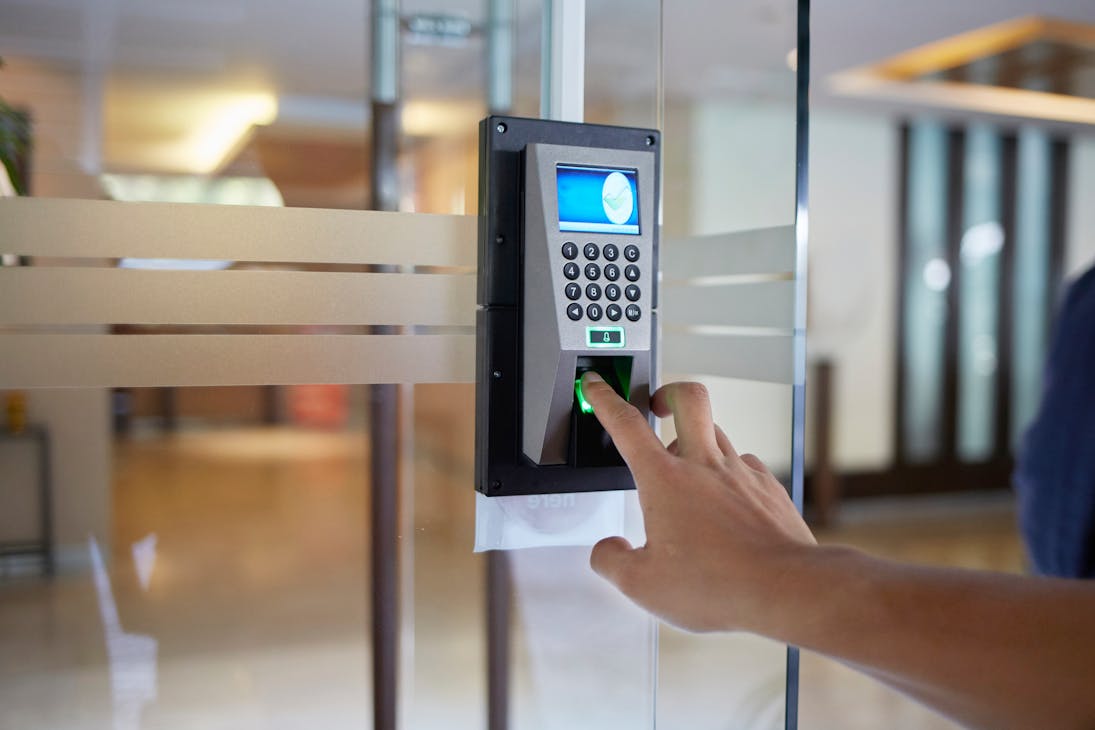Modern access control systems are much more secure, and advances in hardware and software technology have unlocked the potential to do much more than simply lock and unlock doors.
Today’s unified, open-architecture systems not only make it easier to keep an eye on who is coming in and out, but also to gain meaningful business, marketing and operational insights.
While there are many benefits with modern access control systems, getting customers to invest in a new access control system is not always easy; in fact, switching to a new access control system may seem like a daunting task.
How can you convince customers that updating their access control system is worth the effort? And what can you do to ensure migration will happen smoothly and successfully? Here are several common end-user objections to migrating to a newer access control system, along with some tips to overcome them.
Objection: “My current system is effective.”
If an older access control system is working “just fine,” customers may feel there is no need to upgrade; however, they may not fully realize how much time and money they are spending on the maintenance of their older system. This could be alleviated by switching to a modern system.
As legacy components reach the end of their service life, they may begin failing at an increasing rate. The costs associated with maintaining such systems and finding suitable replacement parts could increase. In addition, the costs involved in leveraging a legacy system composed of proprietary hardware and software can be greater because an organization has fewer options available for system components and is unable to leverage new, less expensive equipment that offers valued benefits.
Customers also may not realize just how vulnerable older access control systems can be to physical intrusion and cyber threats. Older credentials such as proximity cards, magstripes, or key fobs are still in common use at many companies. These are easily copied, whereas newer credentials are more secure.
Cyber threats are another risk that customers may not consider. Cyber attacks are on the increase, and all network-connected devices – including access control hardware – have the potential to become a vector for these threats. If they are not already at the table, you may want to suggest your customer’s IT manager be involved in the discussions. Access control systems can play a significant role in an organization’s cybersecurity plan.
Objection: “I cannot afford to replace all my hardware.”
If your customer was previously locked into a proprietary access control system, they may feel overwhelmed at the idea of having to replace all their readers, controllers, and other hardware, especially if there are multiple facilities to consider.
One of the benefits of steering your customer towards an open-architecture solution is that it may be possible
to keep some of the existing hardware or wiring with the new system. This may save some labor and hardware costs. Ask your access control software provider to assess your customer’s current setup to see what components can be reused with their new system.
If keeping some of the hardware is not an option, another solution is to suggest a phased approach. If there are 10 floors or campuses to secure, you could upgrade one floor or facility at a time. Or, if it is an open architecture system, you may want to upgrade one component at a time, such as starting with locks. Upgrading through a phased process can result in a better system in the end, as you have the opportunity to fully document processes and learn from the obstacles you may encounter as you go.
One of the biggest benefits of an open architecture system is that your customer is not forced to commit to working with just one hardware manufacturer. They have the freedom to choose one type of product or solution today and add or upgrade components later as their needs change.
Objection: “Is there a return on my investment?”
When considering the return on investment of access control migration, it is important to consider the total cost of ownership. A new system is a big investment, but over time, it can save money. Factor in how many servers your customer manages, as well as cooling costs, upgrades, service level agreements for access control systems, nuisance alarms, doors forced or held open, and so on. There is also the benefit of reducing vulnerability to cyber threats and security breaches by switching to a more secure system.
The benefits of migrating to a modern access control system go far beyond improving security. “Smart”
hardware such as electronic locks and biometric or mobile credentials capture an incredible amount of data on who comes and goes and at what time. When this data is brought into a visual dashboard that is unified with other systems, such as video surveillance or physical identity access management, your customers can gain deep insights into how facilities are used.
This data can be used to optimize everything from HVAC systems (automatically dialing down climate control systems when employees have left the building, for example), to office space (how often do your employees actually come to the office to work), and even the layout of stores or warehouses (eliminating bottlenecks and ensuring people can accomplish core tasks in the most efficient way).
Encourage your customers to think beyond simply securing their space and show them the opportunities to do more with their access control system. While the initial investment may seem high, over time, the operational insights, cybersecurity features, and decreased cost of ownership with a new system can create a return on investment.
Objection: “I don’t have the time to take on such a big project.”
Understandably, migrating to a new access control system is a big project, but it pays off. Facility or security operators may know they need to make a change but may not feel they have the bandwidth to find time to properly manage such a big project.
In this case, you could recommend project management support to help your customer through the migration or identify a dedicated contact person who can help shepherd your customer through the process. Some manufacturers also offer additional support with onboarding, training, documentation and troubleshooting.
To ensure a seamless migration, confirm your provider is available throughout the migration process, from initial surveying and migration planning to system testing and support. Your solutions provider should also support systems integrators with access to pre-sales engineers, field engineers, and technical support engineers to help with various aspects of migration.
To keep downtime to a minimum and reduce stress on the client, you can often keep the old system running until the new system is fully functional. This is especially helpful when time and personnel resources are stretched. Likewise, the most labor-intensive part of the migration is often the process of ensuring the access control data is imported correctly. Ask if your provider offers a database conversion service to minimize errors and save you time.
Replacing a legacy access control system is a big project, but working with a trusted, open-architecture security solutions provider makes it easier to ensure the migration proceeds smoothly and that your customers get a solution that meets security and operational needs now and in the future.



